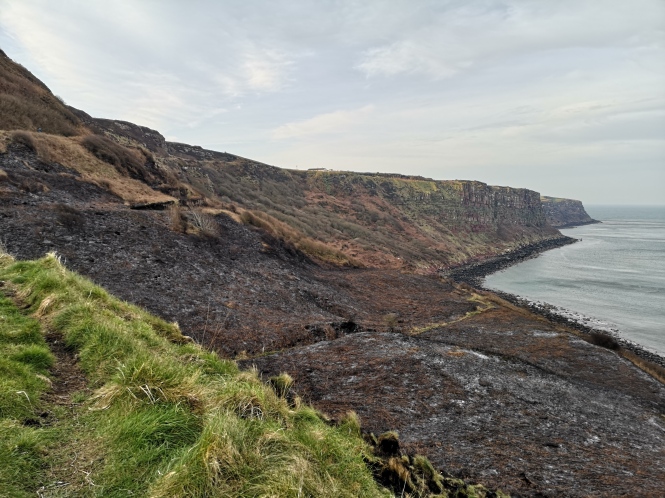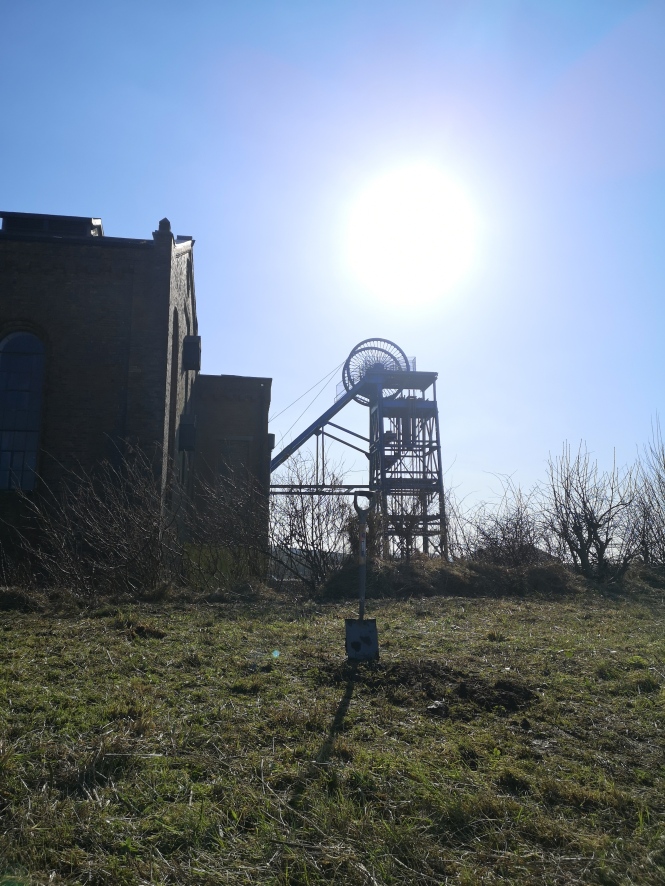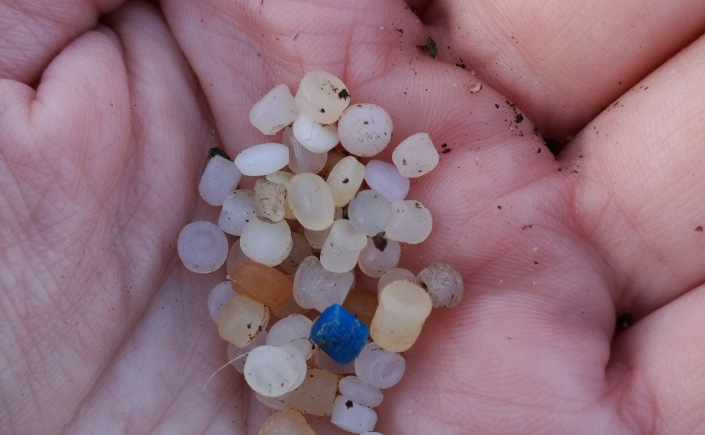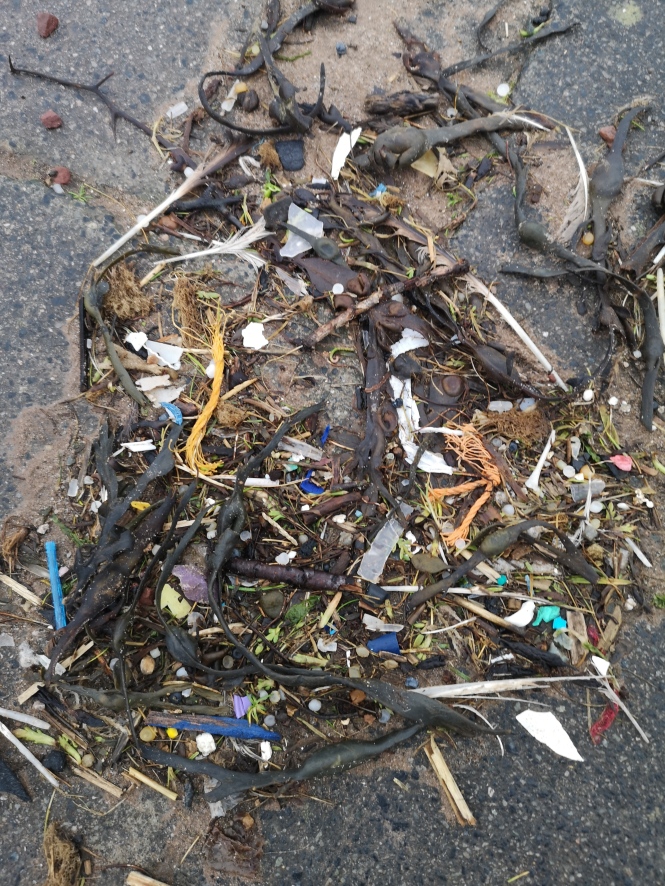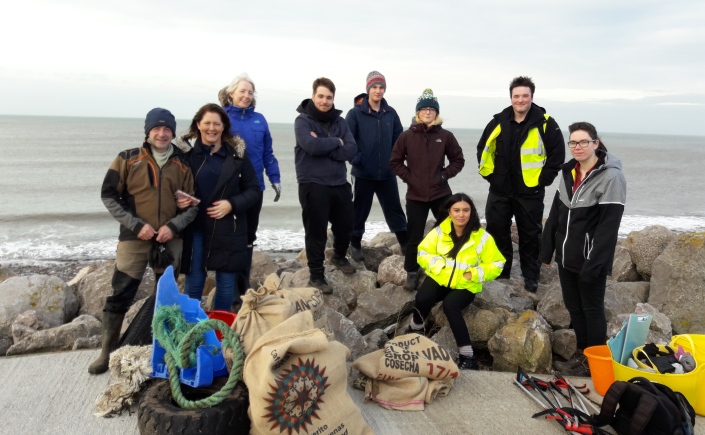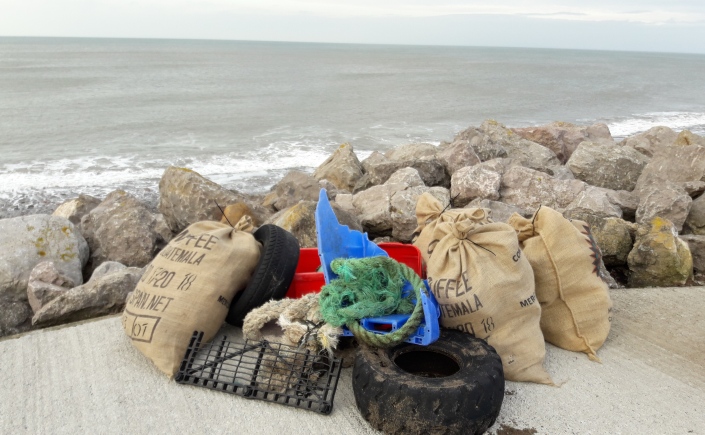A major art programme for Copeland is to include a nationally-significant piece of public art.
Copeland Borough Council has appointed curators Aldo Rinaldi and Deborah Smith to develop art projects for the Connecting Cumbria’s Hidden Coast (CCHC) scheme, which the Colourful Coast is part of. The Hidden Coast will create a ‘challenge route’ between Whitehaven and Millom, incorporating events, artworks, attractions and activities.
The art curators will invite communities to get involved in developing a series of remarkable artworks along the 40-mile stretch of coast, responding to the spectacular landscapes. This part of the Hidden Coast project is being funded by the Coastal Communities Fund and Sellafield Ltd.
It will include securing a nationally-significant artwork for the borough, developed with world class artists. The piece will be influenced by the dynamic landscapes and natural beauty of the coast and the western Lake District fells.
Deborah Smith said: “We will engage with communities and stakeholders over the coming year to develop the programme in collaboration with the Hidden Coast Steering Group. This will include events where the public can get involved and influence the project.”
The first community events are:
- Monday February 3: The Beacon Museum in Whitehaven from 2pm until 4pm
- Tuesday February 4: Haverigg Lighthouse from 7pm until 9pm
Residents are invited to come along, ask questions and contribute their views. Further events are planned.
Copeland’s Director of Growth and Inclusive Communities, Julie Betteridge, said: “We are thrilled we have received funding for this unique project. It is an exciting opportunity to develop and diversify the economy, and in doing so, connect our coast to the Lake District National Park. The project will not only create a physical challenge route, but will enable people to explore Copeland’s art, culture and heritage using the natural environment. It will also provide improved footpaths and cyclepaths, giving residents a sustainable way to travel for work or pleasure.”
Aldo Rinaldi added: “We are delighted to have been appointed to curate this project for Copeland and its spectacular landscape. We are looking forward to working with the project team and communities to develop a vision and bring artists here to generate new ideas. The programme will also play a role in the creation of new attractions and activities, contribute to tourism, and enhance the cultural and artistic offer for locals and visitors. It is an opportunity for Copeland residents to be involved in and inspired by their cultural heritage through the eyes of artists.”
The Connecting Cumbria’s Hidden Coast project has attracted more than £1m from the Government’s Coastal Communities Fund and Sellafield Ltd is contributing £600,000 towards the scheme, which includes wider improvements and capital projects including a new café hub at Silecroft Beach, a climbing wall at Muncaster Castle, 1.4km of new cycle path and 1.8km of new and improved footpaths.
